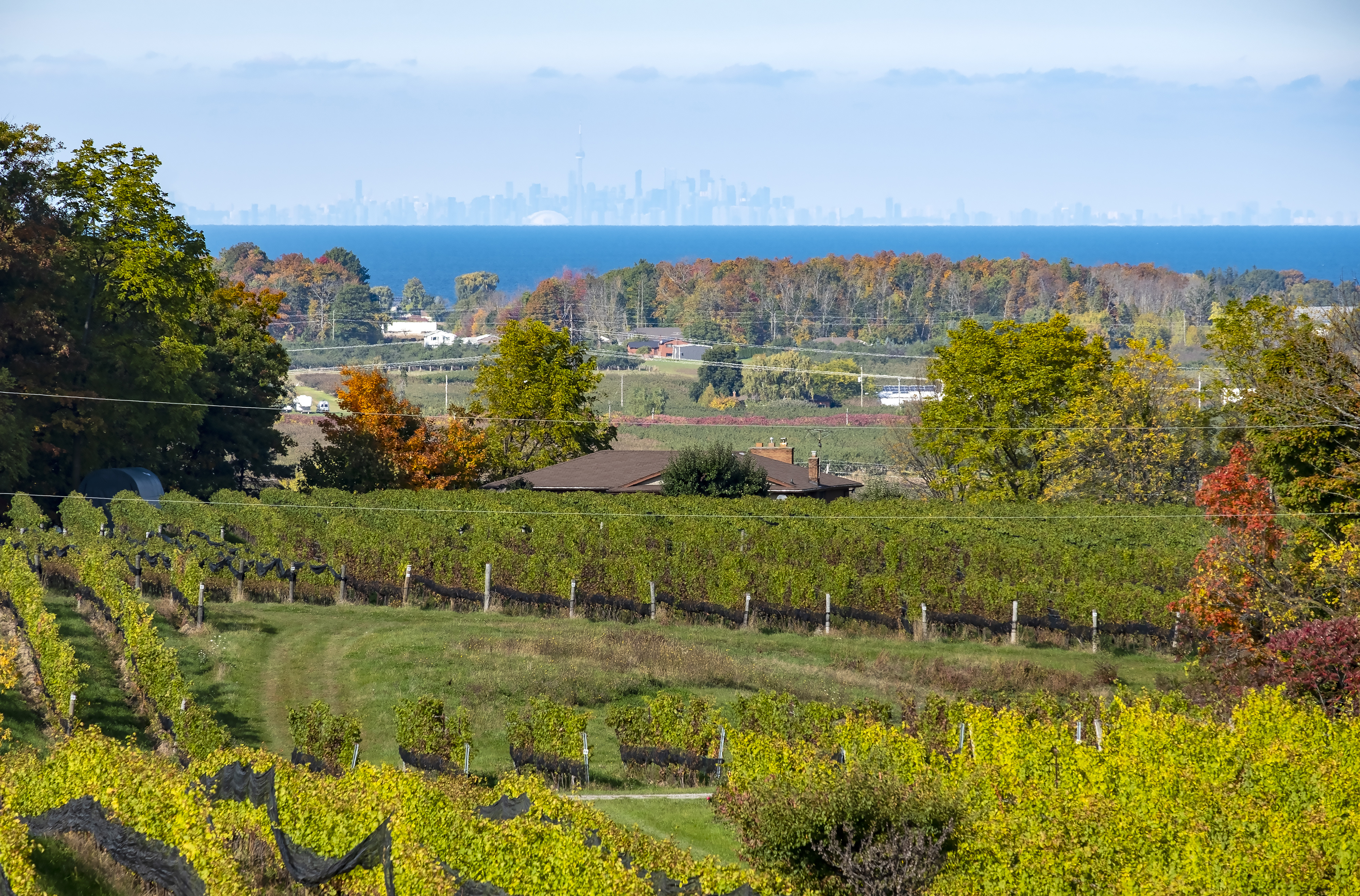The Greenbelt Controversy
September 21, 2023 | By Suzanne Armstrong

Living as I do in an urban area, whenever I stand under the shade of a tree I am grateful for the person who had the foresight to plant it and care for it. As I enjoy the full-grown trees around me, I also take responsibility to plant new trees for tomorrow. I am keenly aware that any greenspace I am privileged to access has been protected and cared for by someone’s effort, or many peoples’ effort, over the generations.
One particular parcel of land that was removed from the Greenbelt in late 2022—the Duffins Rouge Agricultural Preserve (DRAP), illustrates what is at stake. This parcel of land has been the focus of political controversy before, and likely will be again for some time to come.
Past political circumstances left this parcel protected for agricultural use. Because of this, we can see today the benefits this protection has afforded, leaving not only highly productive farmland, but significant natural areas and corridors beneficial to biodiversity. The attention this parcel has received because of this controversy has brought its importance to light for a broader audience. I truly hope there is still a way to reverse the decision the Ford government made to remove it, and the other 14 parcels, from protected status in late 2022.
A few highlights from the Auditor General’s “Special Report on Changes to the Greenbelt” pertaining to the Duffins Rouge Agricultural Preserve:
- Before the changes made in 2022 the DRAP was protected in three ways; by conservation and agricultural easements, by the Duffins Rouge Agricultural Preserve Act, 2005, which protected the easements, and as part of the Greenbelt.
- In 2021 the DRAP lands’ production contributed $14.7 million to Ontario’s GDP
- 4,700 acres of prime agricultural lands
- 373 acres of woodland
- 229 acres of wetland (total of 117 wetlands)
Weigh this against the gains to the developer. MPAC calculated that the increase in value of this parcel alone would be $6.63 billion, based on 2016 land values. Clearly in 2023 that number is much higher.
It is a shame that it takes this type of attack on agriculture to get a much better assessment of the value of what is being lost. These details about the parcel were not included in the consultation on proposed changes to the Greenbelt. As the Auditor General points out, the agricultural and environmental impacts were not considered when deciding which parcels were included for removal in the first place.
In times of crisis, it is especially heartening to see how many share this concern to protect our greenspaces, our productive farmland, our forests and wetlands and the riches they provide us.
We want government that is trustworthy and acts in the public interest. We need politicians who care about serving their constituents. We need fair land use planning at all levels.
I am less concerned about how many politicians will resign over the issue than about what it will take to see the lands returned to protected status before any shovels go in the ground. If the decision cannot be reversed, it will indeed be a great loss for us now and for the future of Ontario.
Suzanne Armstrong is Director of Policy & Research for the Christian Farmers Federation of Ontario. The CFFO Commentary represents the opinions of the writer and does not necessarily represent CFFO policy.
 Skip to main content
Skip to main content